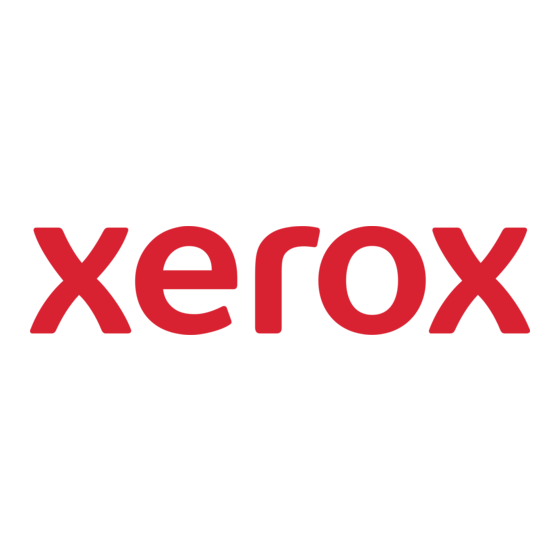Title Block Position is Incorrect
on the Folded Print
System Consistency
In order for the Printing System to print and produce a folded copy with the
title block in the desired location, the modules (Folder, Printer, Controller,
and Workstation) must be setup with consistent information. Folding Styles,
Media Size (ANSI, ARCH, ISO), and the Workstation Client Tool/Print Driver
Finishing properties must all be set up so that they are communicating with
the same finishing information.
Finishing information (Folding programs) resides at the Finishing Device. In
the case of folding, a Folder comes programmed with many Fold Types that
are capable of providing the types of folds required for standard size ARCH,
ANSI or ISO drawings. These Fold Types then must be enabled on the
Folder for it to make the correct fold. Some Folders come pre-programmed
from the factory with the customer's folding requirements already enabled.
Others must have the programs loaded by the service personnel. The Printer
is next in the folding chain. It must have the correct media size(s) loaded in
order for it to print the file on the correct size media. Then at the
Workstation, the AccXES Client Tool (ACT) and/or Print Driver (HP-GL2,
Postscript, ADI/HDI) finishing properties must be set up to match the Printer
and Folder.
Bi-directional Communications
If the print driver's bi-directional communications are enabled; the finishing
information will automatically be updated at the workstation. If bi-directional
communication is not enabled or available, the finishing properties will have
to be manually setup. The ACT tools and some print drivers do not support
bi-directional communications; therefore the folder type information must be
installed in the form of a finisher file (.fin files). Some .fin files are provided
XES Synergix 8825/8830/8855 Digital Solution Folding Supplement
with the ACT software and must be installed in the ACT Tool. This
information will get the file on the correct size media and folded correctly.
.fin file
A finisher file (.fin file) describes the capabilities and requirements for a
particular finishing device. In the case of a Folder, it describes the fold style
available, and the input requirements to produce the folds. These files are
used to setup the Finishing properties of the Client Tools and Print Drivers
that do not have bi-directional communications capabilities.
Xerox Engineering Systems provides a Finisher File Creator program on the
WEB site at www.xes.com. This program is used to create a finisher file for
the finishing device connected to a Synergix 8825/8830 Digital Solution.
Title Block Location
The location of the title block on the folded print is also an important
requirement. The location will define the folded output orientation and style.
It must be visible so that the print can be readily identifiable at the folder and
where it will be archived. In order for the Title Block to be located correctly,
the location of the title block on the file must be identified to the system. This
is done in the Finishing property window of the Client Tool/Print Driver by
selecting the Title Block location that matches the title block location on the
file.
With some drivers, the title block may not be located in the position as it is
viewed on the workstation. (E.g.: the drawing may appear in landscape on
the workstation, but in actuality it is a portrait orientation.). The driver
settings may also manipulate the file to give you the print job that was
requested. Unfortunately this is not realized until the file is printed and then
folded. In cases such as this, you will need to identify the title block location
based on the folded print and send the job again. Other factors and/or
printing feature requests such as Scaling, Rotation, Mismatch, folding styles,
and media sizes in the printer will affect the location of the title block. To
satisfy these printing requests the system may need to scale, rotate the print,
etc. to satisfy the print request. Also, there will be print jobs that will not be
able to be printed with the title block visible in the folded copy.
1

